Introduction
In the ever-uncertain world of agriculture, farmers constantly face the risk of crop damage due to unpredictable weather, pests, and market fluctuations. Crop Damage Insurance serves as a safety net, providing financial protection to farmers against these unforeseen events. This article delves into the concept of Crop Damage Insurance, its importance, types, and how it can benefit farmers. By understanding this insurance, farmers can make informed decisions to safeguard their livelihoods.
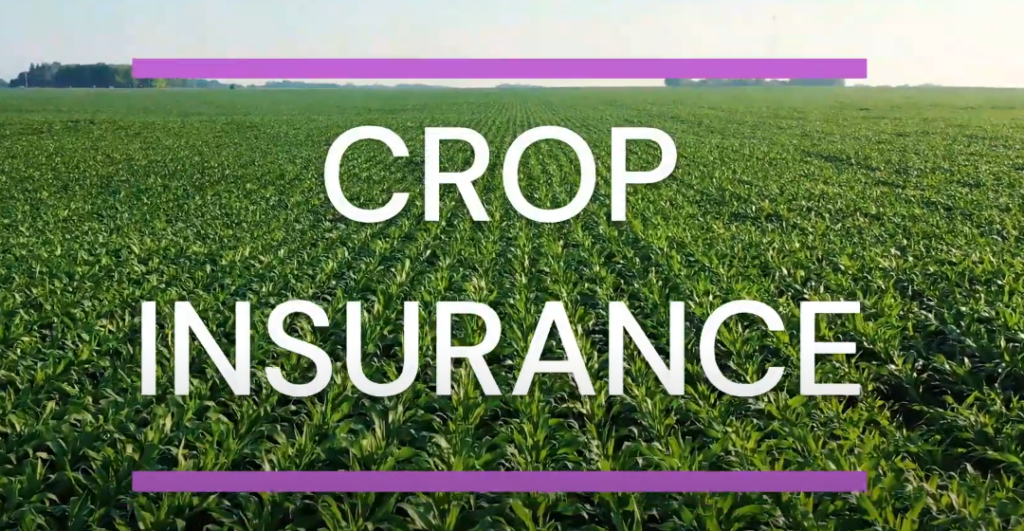
Definition of Crop Damage Insurance
Crop Damage Insurance is a type of policy designed to compensate farmers for losses incurred due to damage to their crops from natural disasters, pests, diseases, or other covered perils. It ensures that farmers have financial stability even when their harvests are adversely affected, allowing them to recover and reinvest in the next planting season.
Importance of Crop Damage Insurance in Agriculture
The significance of Crop Damage Insurance in agriculture cannot be overstated. It provides farmers with a financial cushion, reduces the stress associated with crop losses, and promotes sustainable farming practices. Moreover, Crop Damage Insurance encourages investment in agriculture by mitigating the financial risks involved.
Overview of Crop Damage Risks and Impact on Farmers
Farmers face numerous risks, including droughts, floods, storms, pest infestations, and price fluctuations. These risks can lead to significant crop damage, resulting in financial losses. Crop Damage Insurance helps minimize these impacts, ensuring that farmers remain resilient in the face of adversity.
Objective and Scope of the Article
This article aims to provide a comprehensive overview of Crop Damage Insurance, exploring its types, benefits, challenges, and future trends. It serves as a guide for farmers looking to understand and choose the right insurance for their needs.
Understanding Crop Damage Insurance
What is Crop Damage Insurance?
Crop Damage Insurance is a specialized insurance policy that provides coverage against losses or damage to crops caused by various perils. It helps farmers manage risks associated with agriculture, ensuring they receive compensation when their crops are damaged, thus maintaining financial stability.
How Does Crop Damage Insurance Work?
Crop Damage Insurance works by evaluating the types of crops, potential risks, and coverage needed. Farmers pay premiums based on these factors, and in the event of covered damage, they can file a claim to receive compensation. The amount received depends on the extent of the damage and the terms of the policy.
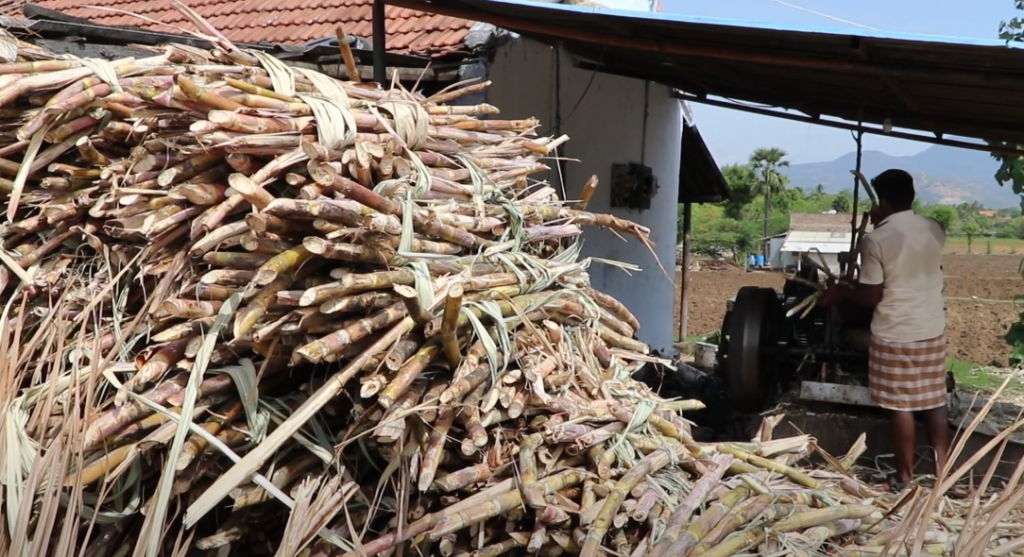
History and Evolution of Crop Damage Insurance
The concept of Crop Damage Insurance has evolved over time, with initial policies focused on basic weather-related risks. Today, these policies are more comprehensive, covering a wide range of perils and utilizing advanced technologies like satellite imagery and AI for better risk assessment.
Key Terms and Concepts in Crop Insurance
Understanding key terms such as “premium,” “deductible,” “coverage,” and “claim process” is crucial for farmers. These concepts form the foundation of Crop Damage Insurance and help farmers navigate their policies effectively.
Types of Crop Damage Insurance
Multi-Peril Crop Insurance (MPCI)
Coverage Details
Multi-Peril Crop Insurance (MPCI) provides coverage for a variety of risks, including drought, floods, pests, and diseases. This type of insurance is comprehensive, offering a broad safety net for farmers against multiple perils.
Pros and Cons
Pros: Offers extensive coverage, reduces financial uncertainty, and supports long-term farm sustainability.
Cons: Premiums can be high, and the claim process may be complex.
Crop-Hail Insurance
Coverage Details
Crop-Hail Insurance specifically covers damage caused by hail. It’s often purchased as a supplement to MPCI, providing targeted protection against one of the most common and destructive weather events.
Pros and Cons
Pros: Tailored protection against hail, immediate payout upon assessment of damage.
Cons: Limited scope; does not cover other types of crop damage.
Revenue-Based Insurance
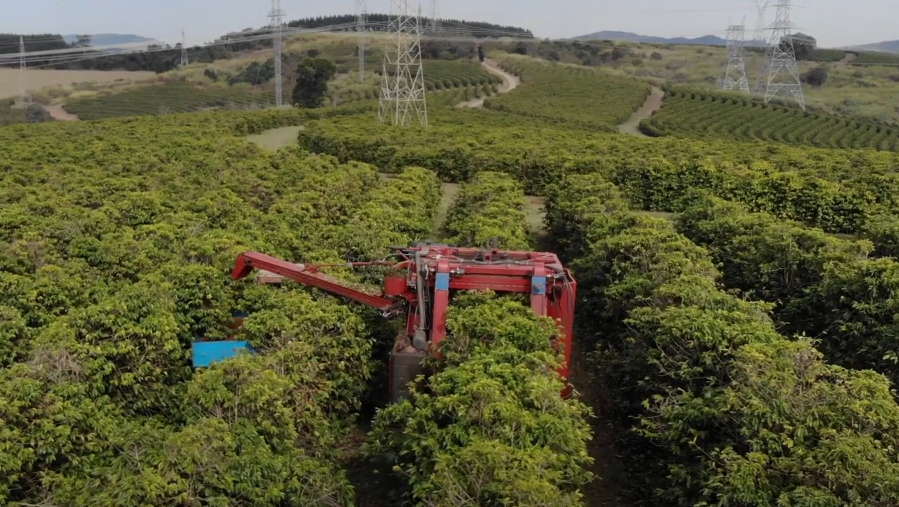
How Revenue-Based Insurance Works
Revenue-Based Insurance protects farmers against a loss of revenue due to low yields, poor quality, or price drops. It combines yield and price protection, ensuring farmers meet their expected income.
Key Benefits and Limitations
Benefits: Provides income stability, aligns with market conditions, and supports better financial planning.
Limitations: Can be expensive and complex to understand.
Table of Contents
Index-Based Insurance
Weather Index Insurance
Weather Index Insurance provides payouts based on predetermined weather parameters, such as rainfall levels. If the index falls outside the set range, farmers receive compensation without the need for loss assessments.
Area-Yield Index Insurance
Area-Yield Index Insurance bases payouts on the average yield of an area. If the area’s yield falls below the historical average, all insured farmers in that area receive compensation.
Specialized Crop Insurance Plans
Insurance for Organic Crops
Insurance for organic crops addresses the specific needs and higher value of organic farming. These policies often cover organic certification losses and have higher premiums due to the increased risk.
High-Value Crops Insurance
High-Value Crops Insurance focuses on protecting crops with higher market value, such as fruits, nuts, and specialty grains. This insurance is crucial for farmers investing in premium crop varieties.
Common Causes of Crop Damage
Natural Disasters
Drought
Drought is one of the most severe threats to crops, leading to water scarcity and poor yields. Crop Damage Insurance covers losses due to prolonged dry conditions, helping farmers cope with drought impacts.
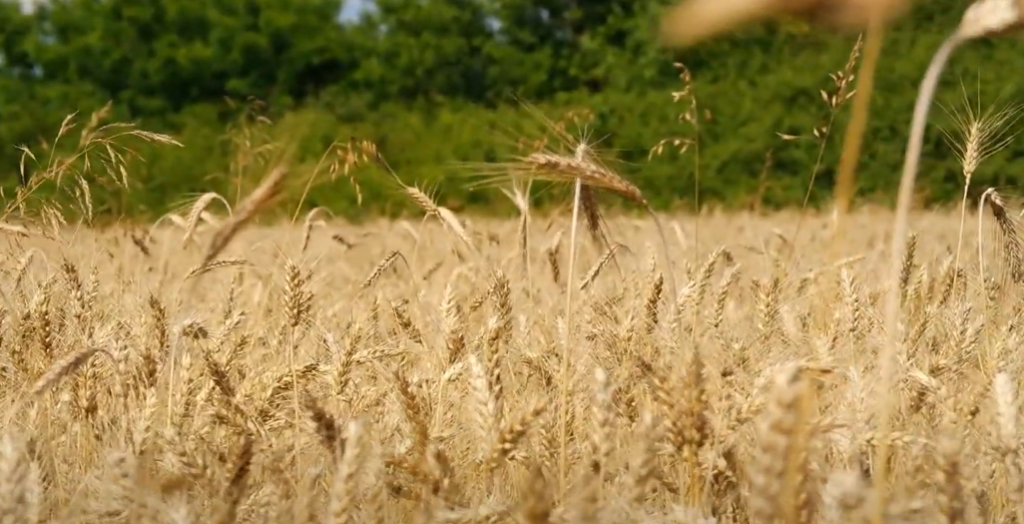
Floods
Floods can devastate crops, washing away fields and causing rot. Insurance for crops, including flood coverage, ensures that farmers are compensated for such catastrophic losses.
Hurricanes and Storms
Hurricanes and storms bring heavy rains and winds that can flatten crops. Crop Damage Insurance provides financial protection against these severe weather events.
Pest Infestations and Diseases
Common Crop Diseases
Diseases like blight, rust, and mildew can quickly spread, destroying crops. Crop Damage Insurance often covers these diseases, although some policies may exclude specific pathogens.
Pest Control and Insurance Implications
Pests like locusts and aphids pose a constant threat to crops. Insurance policies may include coverage for pest damage, though preventive measures are encouraged.
Market Risks and Price Fluctuations
Market volatility can significantly impact farmers’ revenues. While not all Crop Damage Insurance covers price fluctuations, some revenue-based policies include protection against market risks.
Climate Change and Its Impact on Crop Damage
Climate change is increasing the frequency and severity of crop damage due to unpredictable weather patterns. Crop Damage Insurance is adapting to these changes, offering more dynamic and responsive coverage options.
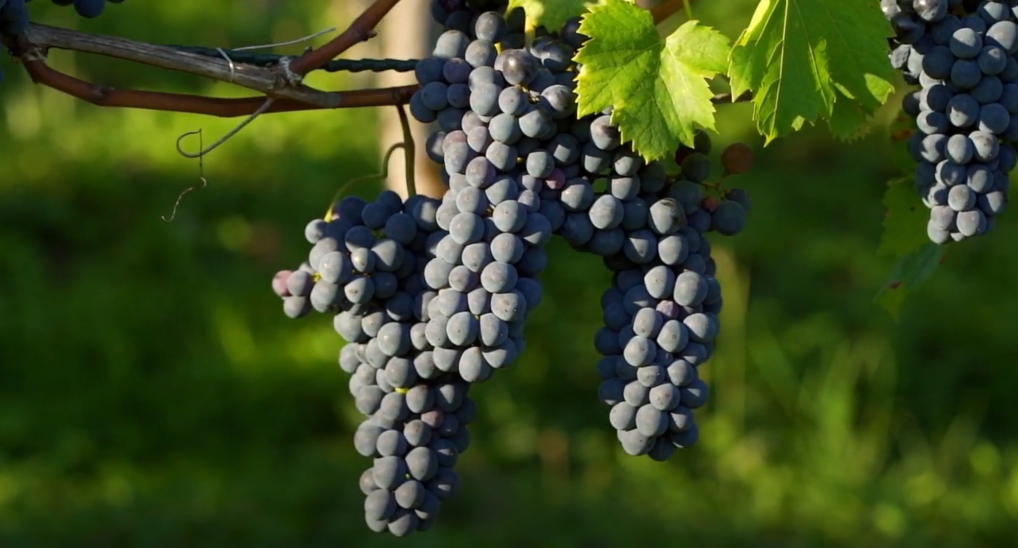
How to Choose the Right Crop Damage Insurance
Assessing Your Crop and Risk Profile
Choosing the right Crop Damage Insurance involves evaluating your crop types, location, and specific risks. A thorough assessment helps determine the most suitable coverage.
Comparing Insurance Providers
Different providers offer varied terms, coverage options, and premiums. Comparing policies ensures that farmers select the best fit for their needs and budget.
Understanding Policy Terms and Conditions
It’s essential to understand the terms and conditions of your insurance policy, including what is covered, exclusions, and the claim process. This knowledge helps prevent surprises during claims.
Premium Costs and Deductibles
Premiums and deductibles vary based on the type of insurance and coverage level. Farmers should weigh the costs against the benefits to find a policy that provides value without straining finances.
Steps to Apply for Crop Damage Insurance
Applying for Crop Damage Insurance involves selecting the right policy, filling out an application, and providing necessary documentation. Working with a knowledgeable insurance agent can streamline this process.
Key Features of Crop Damage Insurance Policies
Coverage Inclusions and Exclusions
Understanding what is included and excluded in a policy is crucial. Common inclusions are natural disasters and pest damage, while exclusions may include negligence or uninsurable crops.
Claim Process and Requirements
The claim process typically involves notifying the insurer, assessing the damage, and providing evidence of loss. Knowing the requirements ahead of time ensures a smoother claim experience.
Payout Calculations
Payouts are calculated based on the extent of damage and policy terms. Farmers should be aware of how payouts are determined to manage expectations.
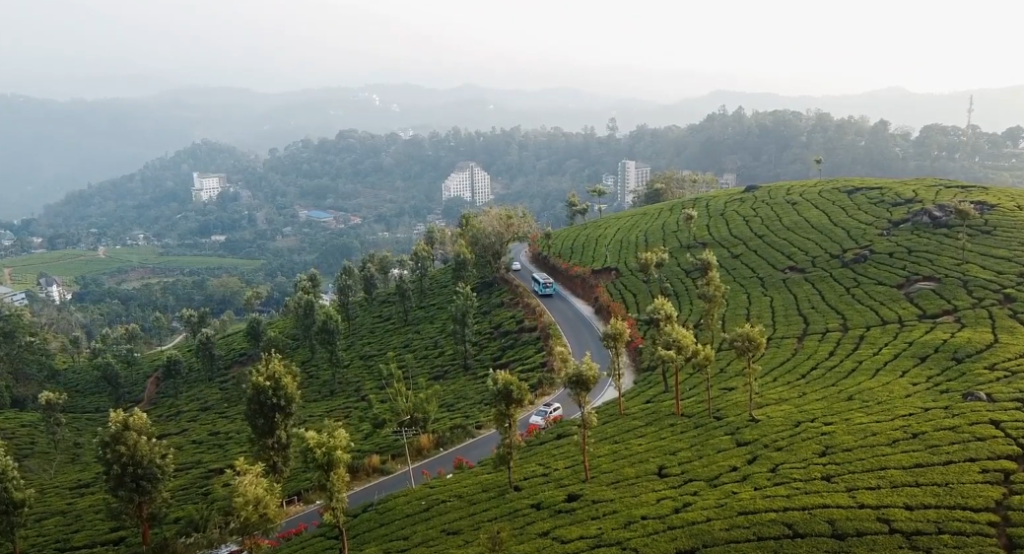
Policy Renewal and Modifications
Policies often need renewal annually, with opportunities for modifications based on changing needs or risk profiles. Regular reviews help keep coverage aligned with farm operations.
The Role of Government in Crop Damage Insurance
Government-Sponsored Insurance Programs
Many governments offer subsidized Crop Damage Insurance programs to support farmers, making coverage more affordable and accessible.
Subsidies and Financial Assistance for Farmers
Subsidies reduce the cost of premiums, making Crop Damage Insurance more attractive to farmers. Financial assistance is also available for those unable to afford insurance.
Regulations and Compliance in Crop Insurance
Compliance with local regulations is necessary for insurance to be valid. Farmers should stay informed about any changes in policies or requirements.
Benefits of Crop Damage Insurance
Financial Protection for Farmers
Crop Damage Insurance provides essential financial protection, helping farmers recover from losses and maintain their livelihoods.
Stabilizing Farm Income
By compensating for lost crops, insurance stabilizes farm income, allowing farmers to plan and invest confidently.
Encouraging Investment in Agriculture
With the safety net of insurance, farmers are more likely to invest in new technologies and crop varieties, promoting innovation in agriculture.
Reducing Dependency on Government Aid
Insurance reduces the need for emergency government aid, making farmers more self-reliant and reducing the burden on public resources.
Challenges and Limitations of Crop Damage Insurance
High Premium Costs
Premium costs can be a barrier for many farmers, especially smallholders. Efforts are ongoing to make insurance more affordable.
Complicated Claim Processes
Navigating the claim process can be complex and time-consuming. Simplifying claims is a key area of improvement for insurers.
Coverage Gaps and Exclusions
Not all risks are covered, and some policies have significant exclusions. Farmers must carefully review their policies to understand potential gaps.
Accessibility Issues for Small Farmers
Small farmers often struggle to access insurance due to high costs or limited availability. Expanding access is crucial for inclusive agricultural risk management.
Case Studies: Crop Damage Insurance in Action
Success Stories from Farmers
Farmers who have used Crop Damage Insurance report positive outcomes, with compensation helping them recover quickly and continue farming.
Lessons from Natural Disasters
Case studies from recent natural disasters highlight the importance of having comprehensive Crop Damage Insurance, as uninsured farmers faced significant financial difficulties.
Impact of Crop Insurance on Farm Sustainability
Crop Damage Insurance supports farm sustainability by providing the financial stability needed to maintain operations through adverse conditions.
Innovations and Future Trends in Crop Damage Insurance
Use of Technology in Crop Insurance
Technological advancements are transforming Crop Damage Insurance, with satellite imagery, drones, and AI improving risk assessment and monitoring.
Satellite Imagery
Satellite imagery helps insurers assess damage accurately and quickly, speeding up the claim process.
Drones and AI for Crop Monitoring
Drones and AI provide real-time crop monitoring, allowing for precise assessments and tailored insurance solutions.
Parametric Insurance Models
Parametric insurance offers payouts based on predefined parameters, such as rainfall levels, rather than actual losses, simplifying the claim process.
Blockchain and Smart Contracts
Blockchain technology is being explored for secure and transparent transactions in Crop Damage Insurance, while smart contracts could automate claims.
Customized Insurance Products
Insurers are developing customized products to meet the unique needs of different crops and farming practices, offering more tailored coverage options.
How to Maximize Benefits from Crop Damage Insurance
Best Practices for Farmers
Farmers can maximize the benefits of Crop Damage Insurance by choosing the right policy, understanding their coverage, and maintaining accurate records.
Working with Insurance Agents and Brokers
Insurance agents and brokers provide valuable guidance, helping farmers select the best coverage and navigate the application and claim processes.
Utilizing Data and Analytics in Crop Insurance
Data and analytics play a crucial role in crop insurance, helping farmers make informed decisions and insurers better assess risks.
Continuous Risk Assessment and Management
Ongoing risk assessment and management ensure that insurance coverage remains relevant and effective, adapting to changing conditions.
Frequently Asked Questions (FAQs) about Crop Damage Insurance
Common Queries and Concerns
Q: What does Crop Damage Insurance cover?
A: Coverage varies, but it typically includes natural disasters, pests, diseases, and weather-related risks.
Q: How do I choose the right policy?
A: Assess your specific risks, compare providers, and consult with an insurance agent to find the best fit.
Q: Are there government programs available?
A: Yes, many governments offer subsidized insurance programs to help farmers afford coverage.
Myths and Misconceptions
There are misconceptions that Crop Damage Insurance is too expensive or only for large farms. In reality, there are options available for all types and sizes of farms, with subsidies often available to reduce costs.
Conclusion
Recap of the Importance of Crop Damage Insurance
Crop Damage Insurance is an invaluable tool for farmers, providing financial protection and stability in an unpredictable industry. By understanding the different types of coverage and selecting the right policy, farmers can better safeguard their crops and livelihoods.
Future Outlook for Crop Insurance in Agriculture
The future of Crop Damage Insurance looks promising, with technological advancements and innovative products making it more accessible and effective for farmers worldwide.
Final Thoughts and Recommendations for Farmers
Farmers are encouraged to explore their options, understand their risks, and invest in Crop Damage Insurance. By doing so, they can protect their farms, ensure financial stability, and contribute to a resilient agricultural sector.
Outline:
Introduction
- Definition of Crop Damage Insurance
- Importance of Crop Damage Insurance in Agriculture
- Overview of Crop Damage Risks and Impact on Farmers
- Objective and Scope of the Article
Understanding Crop Damage Insurance
- What is Crop Damage Insurance?
- How Does Crop Damage Insurance Work?
- History and Evolution of Crop Damage Insurance
- Key Terms and Concepts in Crop Insurance
Types of Crop Damage Insurance
- Multi-Peril Crop Insurance (MPCI)
- Coverage Details
- Pros and Cons
- Crop-Hail Insurance
- Coverage Details
- Pros and Cons
- Revenue-Based Insurance
- How Revenue-Based Insurance Works
- Key Benefits and Limitations
- Index-Based Insurance
- Weather Index Insurance
- Area-Yield Index Insurance
- Specialized Crop Insurance Plans
- Insurance for Organic Crops
- High-Value Crops Insurance
Common Causes of Crop Damage
- Natural Disasters
- Drought
- Floods
- Hurricanes and Storms
- Pest Infestations and Diseases
- Common Crop Diseases
- Pest Control and Insurance Implications
- Market Risks and Price Fluctuations
- Climate Change and Its Impact on Crop Damage
How to Choose the Right Crop Damage Insurance
- Assessing Your Crop and Risk Profile
- Comparing Insurance Providers
- Understanding Policy Terms and Conditions
- Premium Costs and Deductibles
- Steps to Apply for Crop Damage Insurance
Key Features of Crop Damage Insurance Policies
- Coverage Inclusions and Exclusions
- Claim Process and Requirements
- Payout Calculations
- Policy Renewal and Modifications
The Role of Government in Crop Damage Insurance
- Government-Sponsored Insurance Programs
- Subsidies and Financial Assistance for Farmers
- Regulations and Compliance in Crop Insurance
Benefits of Crop Damage Insurance
- Financial Protection for Farmers
- Stabilizing Farm Income
- Encouraging Investment in Agriculture
- Reducing Dependency on Government Aid
Challenges and Limitations of Crop Damage Insurance
- High Premium Costs
- Complicated Claim Processes
- Coverage Gaps and Exclusions
- Accessibility Issues for Small Farmers
Case Studies: Crop Damage Insurance in Action
- Success Stories from Farmers
- Lessons from Natural Disasters
- Impact of Crop Insurance on Farm Sustainability
Innovations and Future Trends in Crop Damage Insurance
- Use of Technology in Crop Insurance
- Satellite Imagery
- Drones and AI for Crop Monitoring
- Parametric Insurance Models
- Blockchain and Smart Contracts
- Customized Insurance Products
How to Maximize Benefits from Crop Damage Insurance
- Best Practices for Farmers
- Working with Insurance Agents and Brokers
- Utilizing Data and Analytics in Crop Insurance
- Continuous Risk Assessment and Management
Frequently Asked Questions (FAQs) about Crop Damage Insurance
- Common Queries and Concerns
- Myths and Misconceptions
Conclusion
- Recap of the Importance of Crop Damage Insurance
- Future Outlook for Crop Insurance in Agriculture
- Final Thoughts and Recommendations for Farmers
References and Further Reading
- Citations of Sources Used
- Suggested Articles, Books, and Reports for Further Study

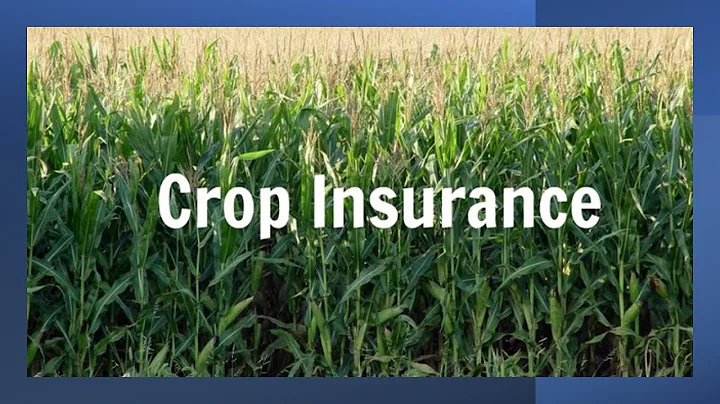

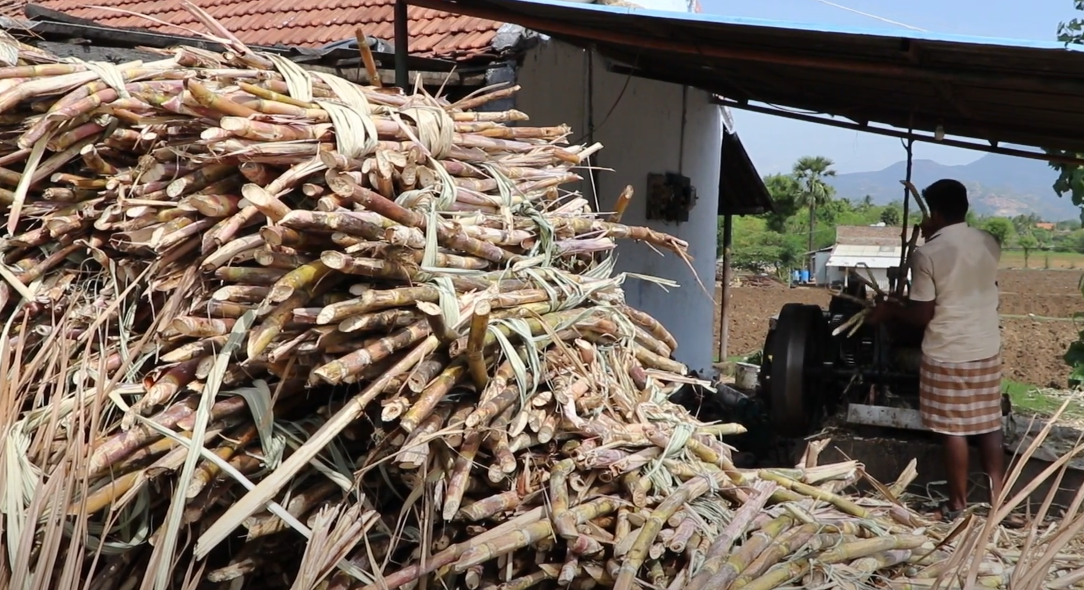

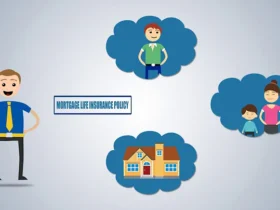
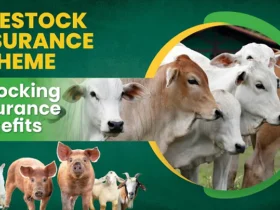
Leave a Reply